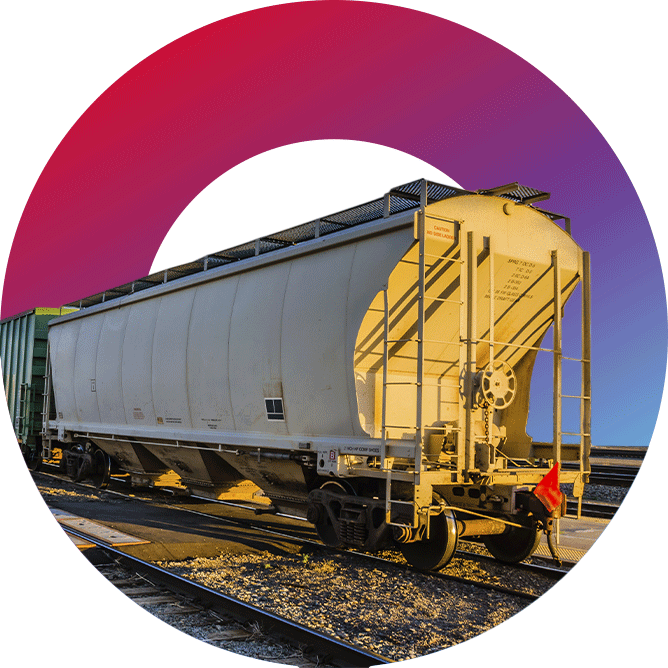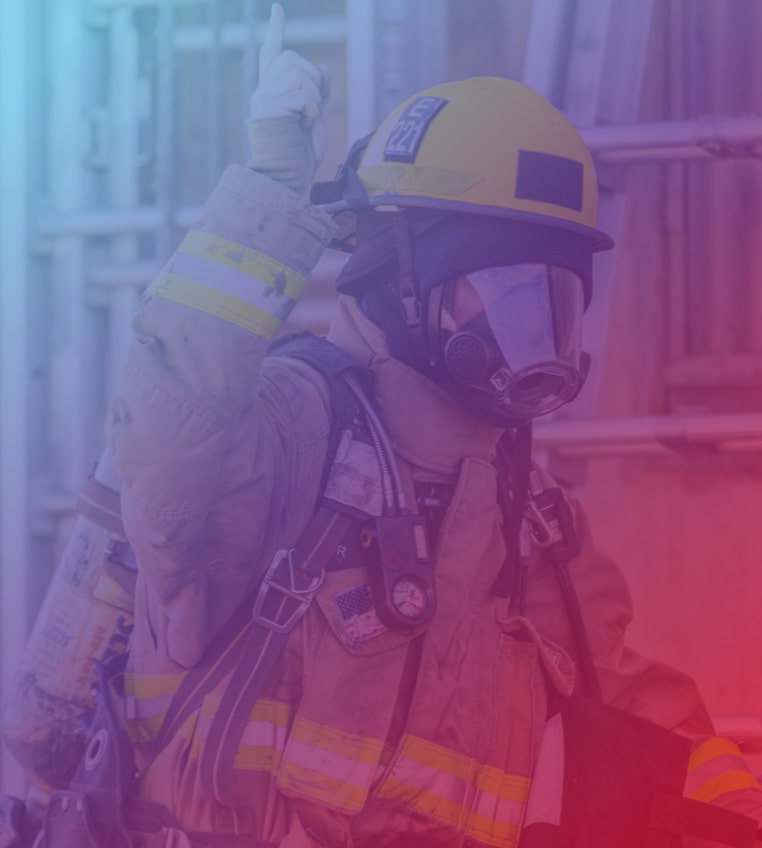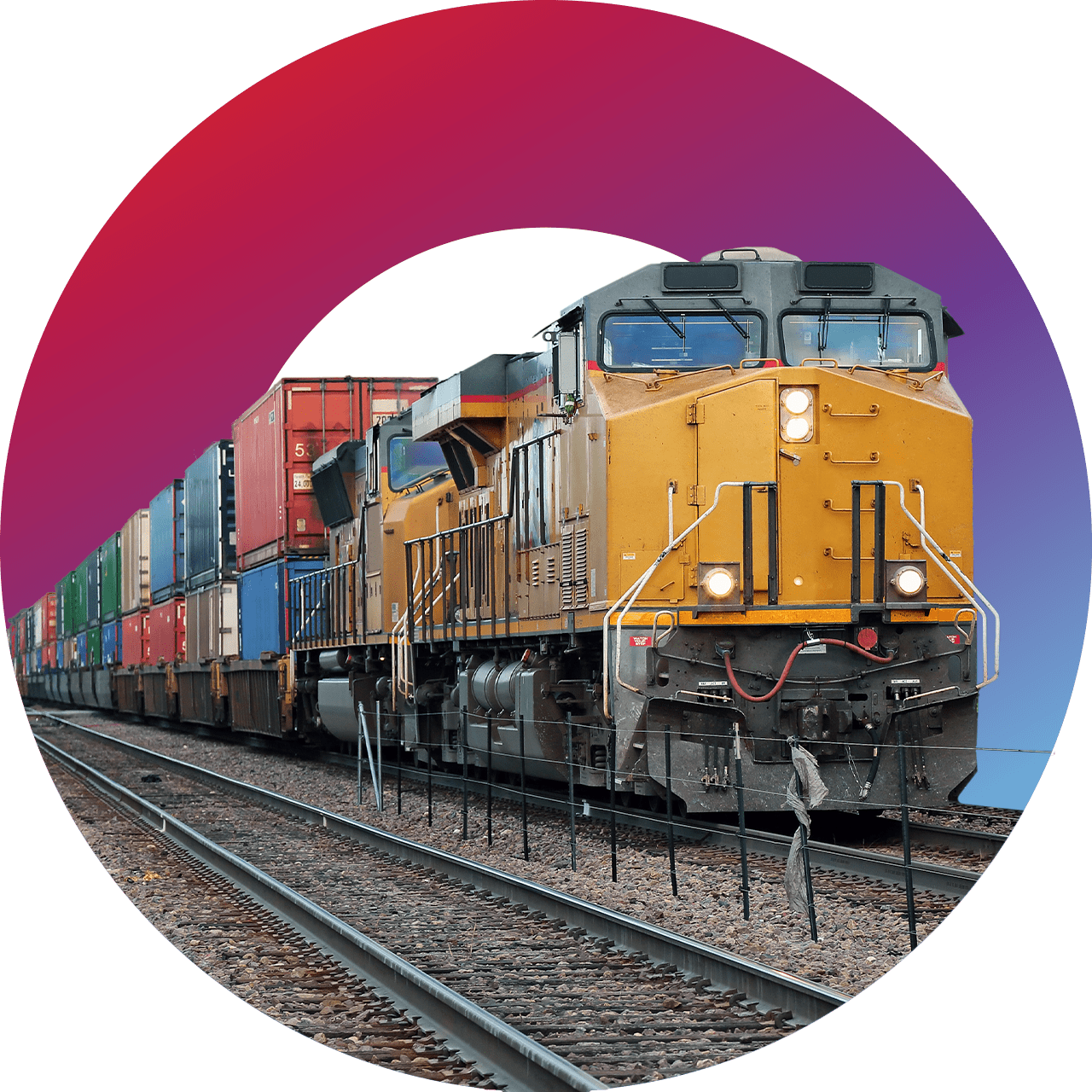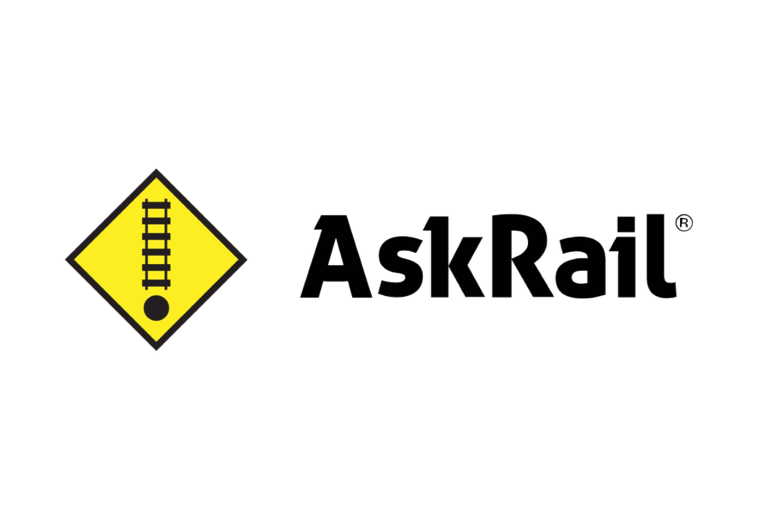TECHNOLOGY FOCUS

Building on the work we have done in past years, Railinc is continuing the use of artificial intelligence/machine learning (AI/ML) solutions for our customers.
Recently, our Data Science team has made use of density-based spatial clustering of applications with noise (DBSCAN), a machine learning clustering technique, in committee work related to wheel temperature data.
2022 Product Updates
As part of Railinc’s mission, we continuously seek to develop our products to serve the changing needs of our customers and our industry.
This year we introduced several updates focused on these areas in our applications:

2022 Project Highlights
Data Science projects
Looking Ahead: 2023 AAR Industry Projects
Much of our technology project work originates each year in committees sponsored by the Association of American Railroads (AAR). These committees work to ensure the smooth and efficient interline movement of freight, identifying common business problems that can be addressed through centralized data and technology resources. They give industry stakeholders the chance to provide input into rules, processes, and technologies that contribute to the safe and efficient movement of freight by rail in North America.
We’ll be working on 21 approved projects throughout 2023. The full list can be found on our AAR Industry Projects page and we’ve included a few below.











